How's Your Color Eye?
pink_warm_mama_1
17 years ago
Related Stories
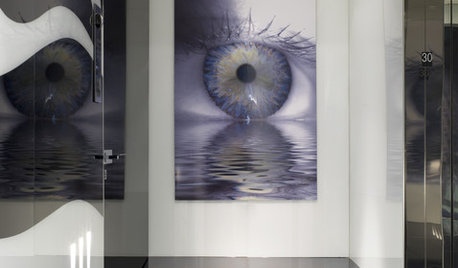
The Eyes Have It
Peering out from artwork, wallpaper or accessories, eyes beg a second look in your home's décor
Full Story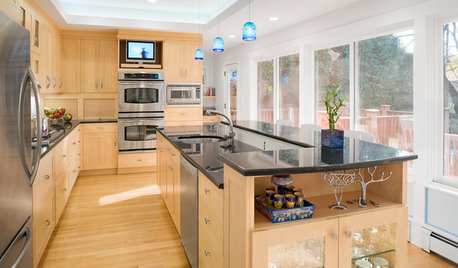
UNIVERSAL DESIGNHow to Light a Kitchen for Older Eyes and Better Beauty
Include the right kinds of light in your kitchen's universal design plan to make it more workable and visually pleasing for all
Full Story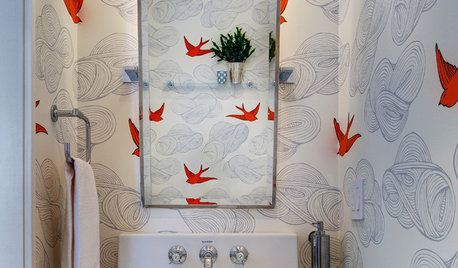
MOST POPULAR102 Eye-Popping Powder Rooms
Flip through our collection of beautiful powder rooms on Houzz and fill your eyes with color and style
Full Story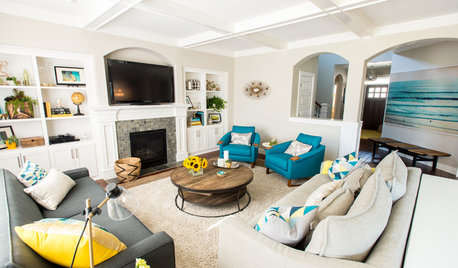
ROOM OF THE DAYRoom of the Day: Contrasts Catch the Eye in a Beachy Family Room
Rough jute and soft shag, eye-popping turquoise amid neutrals ... this room’s pairings make each element stand out
Full Story
FLOWERSRudbeckia Mania: Go Beyond Black-Eyed Susan in the Garden
Branch out from typical nursery fare, with lesser-known Rudbeckia species that have delightfully unexpected features
Full Story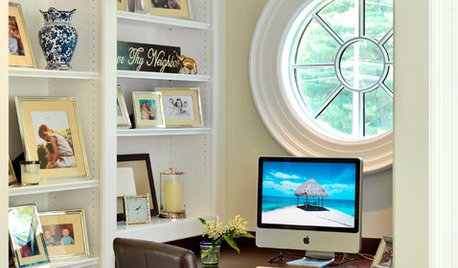
REMODELING GUIDESOx-Eye Windows Hit the Mark in Architecture
Circular windows are spot on in adding a whole new dimension to a home's architectural outlook
Full Story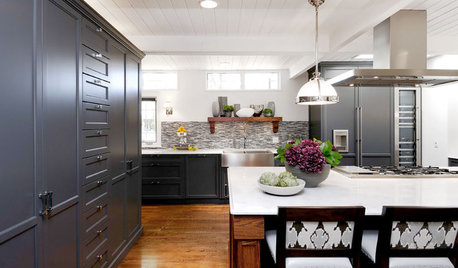
DECORATING GUIDESHow to Make a Room Easier on the Eyes
Create just the right amount of visual stimulation to feel more relaxed and focused at home
Full Story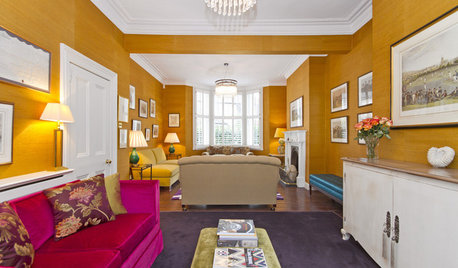
COLORColor to Try: Tiger-Eye
You'll Want to Take a Look at These Captivating Ambers and Golds
Full Story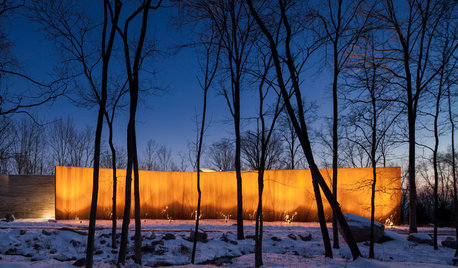
ARCHITECTUREBeauty Goes Beyond the Eye of the Beholder
Create design appeal that transcends individual tastes by learning the characteristics of universal beauty
Full Story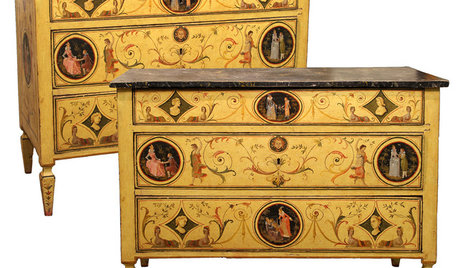
ANTIQUESDecorating With Antiques: Painted Furniture Brings the Eye Candy
Too much brown got you down? Lighten up with antique furniture decorated with artistic designs or awash in a lovely hue
Full Story


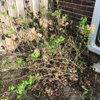

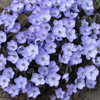
aftermidnight Zone7b B.C. Canada
lindac
Related Discussions
What plant was your biggest eye number jump?
Q
What Plants, Trees, Etc. Catches Your Eye In Your Neighborhood?
Q
When did your baby's eyes change color?
Q
My entryway desperately needs your design eye!
Q
mistral
WendyB 5A/MA
delightp
ironbelly1
mxk3 z5b_MI
entling
delightp
Donna
hunt4carl
entling
delightp
ironbelly1
lemecdutex
ironbelly1
leslie197
lemecdutex
cactusjoe1
bean_counter_z4
prairiemoon2 z6b MA